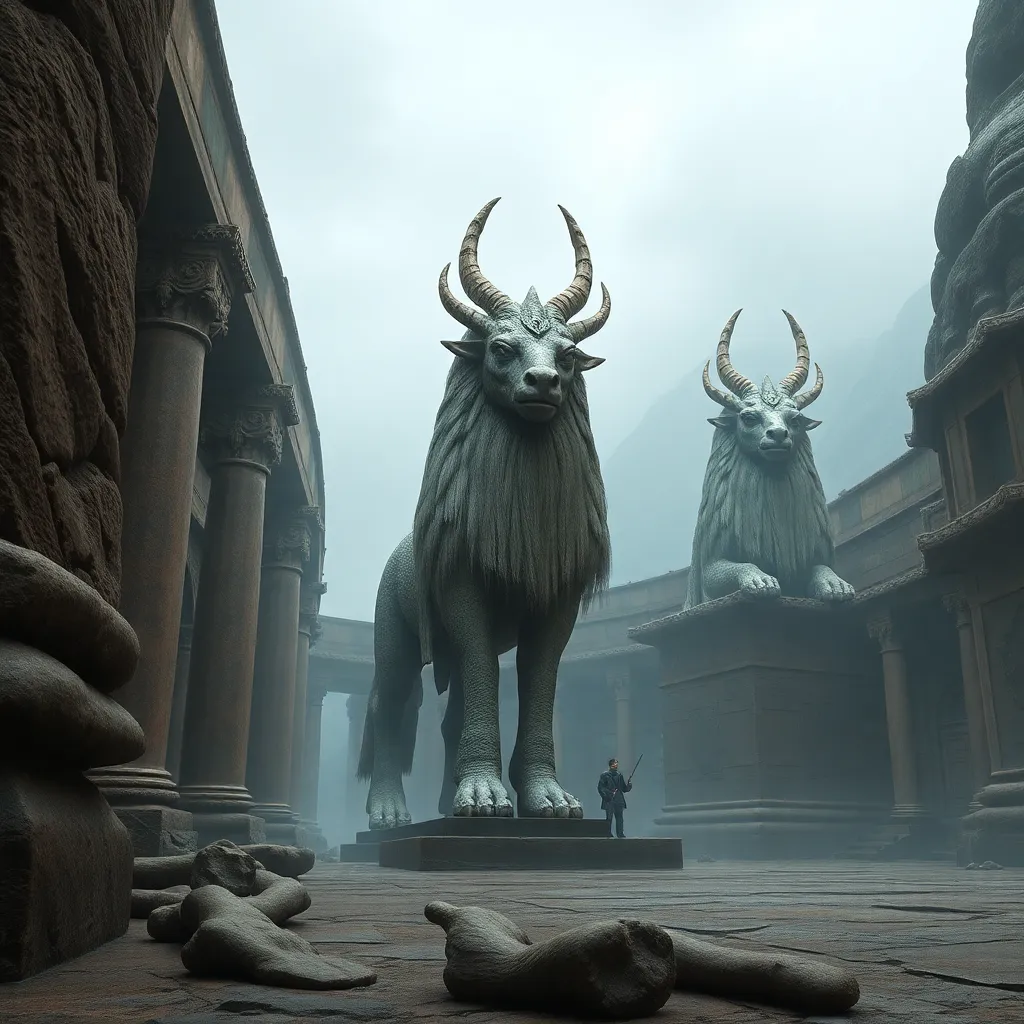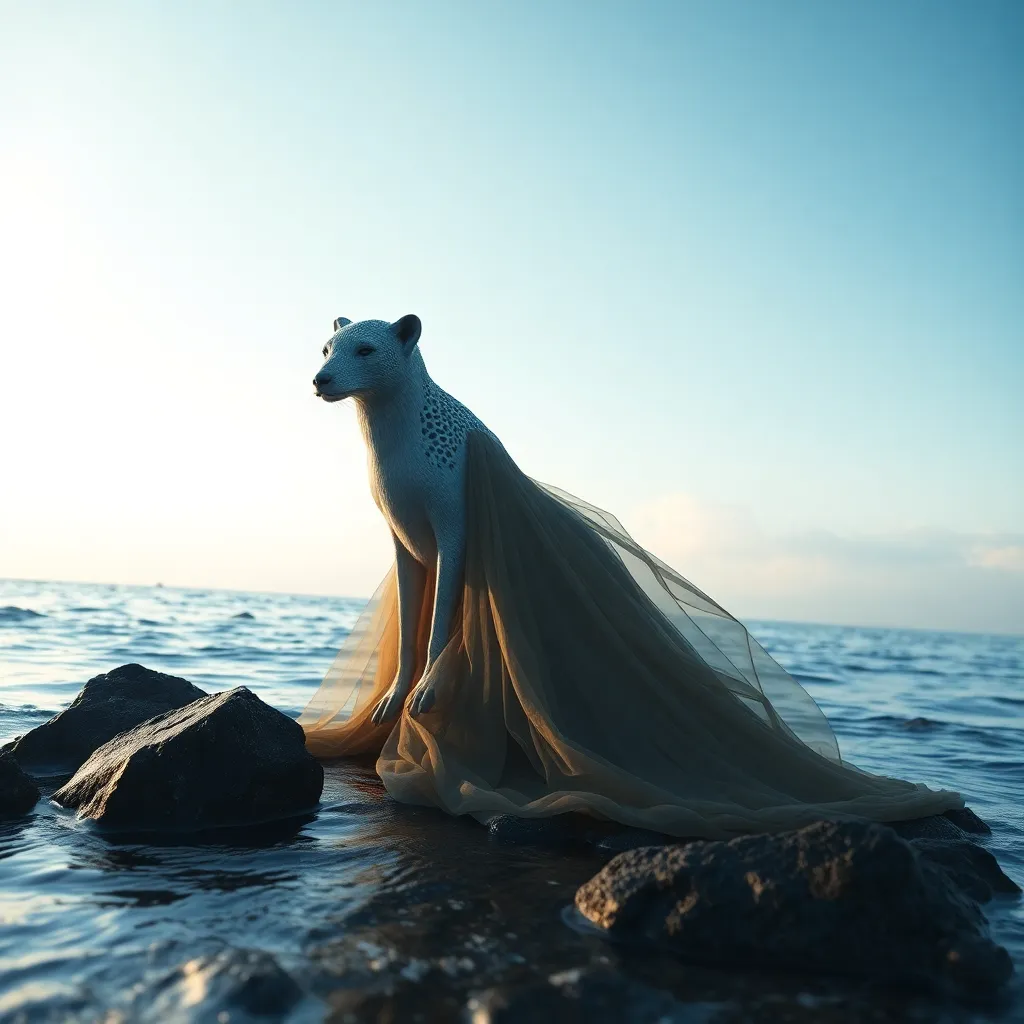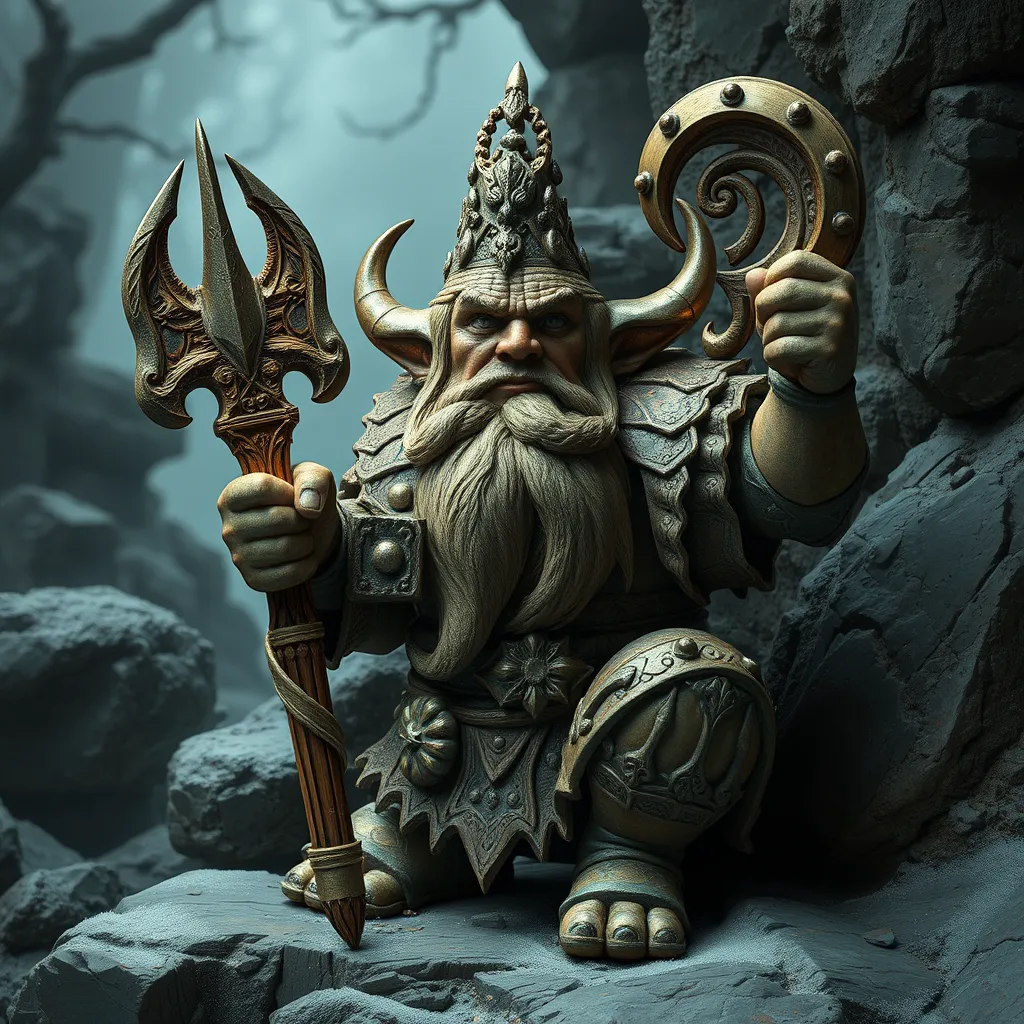The Lamassu’s Influence on Modern Fantasy: From Literature to Film
I. Introduction
The Lamassu is a majestic creature from ancient Mesopotamian mythology, characterized by its hybrid form, which combines the body of a bull or lion, the wings of an eagle, and the head of a human. Historically, these colossal statues served as protective guardians at the entrances of palaces and temples, symbolizing strength and vigilance. In recent years, the Lamassu has experienced a resurgence in modern fantasy, inspiring authors, filmmakers, and artists to draw upon its rich symbolism and captivating presence.
This article explores the Lamassu’s historical significance, its portrayal in contemporary literature and film, and its enduring themes of guardianship and protection. We aim to understand how this ancient figure has transcended its origins to become a vital part of modern storytelling.
II. Historical Context of the Lamassu
The Lamassu originates from ancient Mesopotamia, where it was revered as a protective deity. These creatures were typically depicted as winged bulls or lions, adorned with intricate carvings and inscriptions that conveyed their divine power. The Lamassu was not just a decorative piece; it served a critical role in the protection of sacred spaces, embodying the connection between the divine and the mortal realm.
In Mesopotamian civilization, the Lamassu symbolized strength and protection. Placed at city gates and palace entrances, these figures were believed to ward off evil spirits and safeguard the inhabitants. Over time, the Lamassu transitioned from physical artifacts of ancient architecture to a source of inspiration for various art forms, including literature and film.
III. The Lamassu in Literature
In modern fantasy literature, the Lamassu has inspired numerous authors who draw upon its awe-inspiring imagery and symbolic significance. Notable works include:
- The Chronicles of Amber by Roger Zelazny – Features creatures reminiscent of Lamassu as guardians of the multiverse.
- American Gods by Neil Gaiman – Explores themes of mythology and the survival of ancient deities, including figures akin to the Lamassu.
- The City of Brass by S.A. Chakraborty – Incorporates elements of Middle Eastern mythology, where guardian figures play crucial roles.
Common themes associated with Lamassu in literature include:
- Guardianship and protection of sacred spaces
- The intersection of the human and divine
- The struggle against chaos and evil forces
The Lamassu’s presence in these narratives enhances world-building and character development, often serving as a metaphor for the struggles faced by protagonists. Its symbolic representation in various stories reflects the eternal battle between good and evil, echoing the Lamassu’s original purpose as a protector.
IV. The Lamassu in Film and Visual Media
The influence of the Lamassu extends to film and visual media, where its striking imagery has inspired filmmakers and artists. Notable depictions of Lamassu-like creatures can be observed in films such as:
- The Golden Compass – Features armored bears and other fantastical creatures that embody the spirit of the Lamassu.
- The Chronicles of Narnia series – Includes guardian figures that resonate with the protective essence of the Lamassu.
- Game of Thrones – The presence of mythical creatures that serve as protectors and guardians echoes Lamassu’s role.
The impact of these depictions on visual storytelling is profound. The use of special effects to create realistic guardians allows filmmakers to evoke the awe and majesty associated with Lamassu. Case studies of specific films reveal how these creatures enhance plot development and thematic depth, enriching the viewer’s experience.
V. Thematic Analysis: Guardianship and Protection
The guardian archetype is prevalent in modern fantasy, with the Lamassu epitomizing these themes across various media. Guardians in fantasy often serve to:
- Protect protagonists from malevolent forces
- Guide characters on their journeys
- Represent the moral and ethical dilemmas faced by heroes
In comparative analysis, the Lamassu shares similarities with other guardian figures in fantasy, such as the Gryphon, Sphinx, and even dragons, each embodying aspects of protection and strength. However, the Lamassu’s unique blend of human and animal characteristics sets it apart, creating a distinct symbol of vigilance.
VI. Cultural Adaptations and Reinterpretations
The Lamassu has been reinterpreted in various cultural contexts, showcasing its adaptability across global fantasy narratives. Diverse interpretations include:
- In South Asian mythology, similar guardian figures appear, reflecting local beliefs and traditions.
- In African folklore, creatures resembling Lamassu serve protective roles in storytelling.
- In Latin American fantasy, adaptations of the Lamassu can be seen in indigenous mythologies, blending ancient traditions with contemporary narratives.
This cultural exchange raises important discussions on cultural appropriation versus appreciation. It is essential to recognize the origins and significance of the Lamassu while celebrating its reinterpretations in non-Western fantasy narratives.
VII. The Future of the Lamassu in Fantasy
Current trends in fantasy literature and film indicate a growing interest in ancient mythologies, including the Lamassu. As creators continue to explore the depths of these rich narratives, we can anticipate:
- Greater integration of mythological elements in character development
- Innovative storytelling techniques that highlight the Lamassu’s duality of human and animal traits
- New artistic expressions that reflect the Lamassu’s symbolism in contemporary contexts
These trends suggest an evolving role for the Lamassu in future works, as it continues to inspire new generations of artists and storytellers.
VIII. Conclusion
The Lamassu’s influence on modern fantasy is profound and multifaceted. From its historical roots in ancient Mesopotamia to its resurgent presence in contemporary literature and film, the Lamassu embodies themes of guardianship and protection that resonate across cultures and generations. As we reflect on the importance of ancient myths in contemporary storytelling, it becomes clear that the legacy of the Lamassu endures, inspiring creativity and imagination in popular culture.
In a world increasingly drawn to mythological narratives, the Lamassu stands as a testament to the power of ancient symbols, reminding us of the timeless stories that continue to shape our understanding of the human experience.



